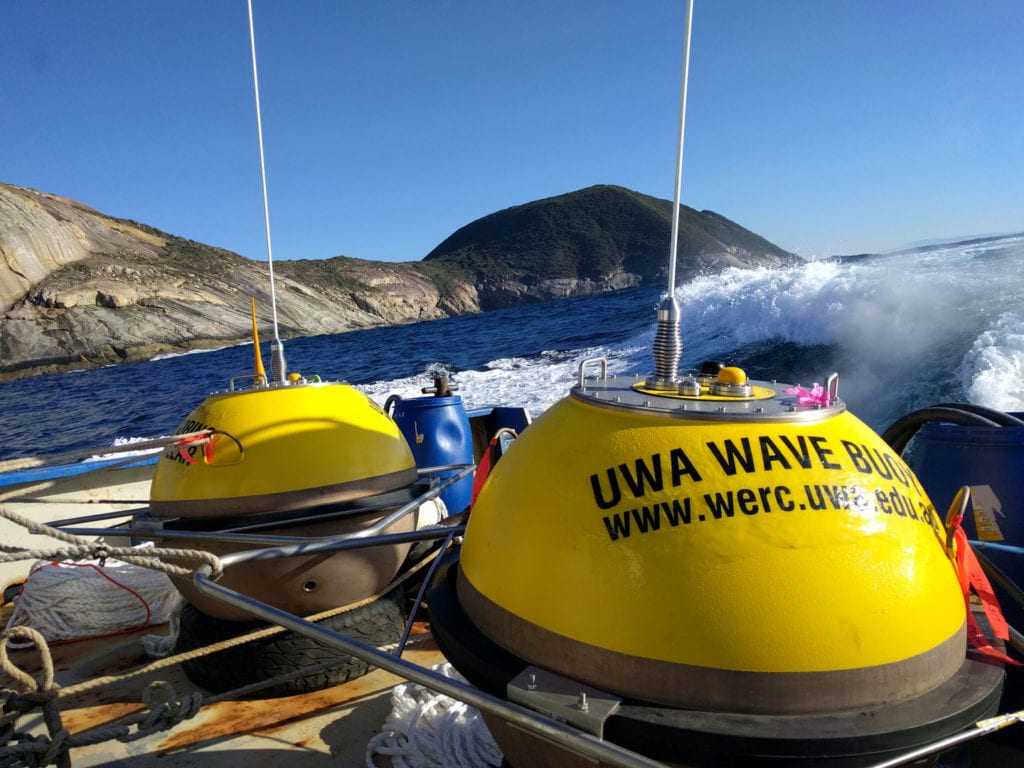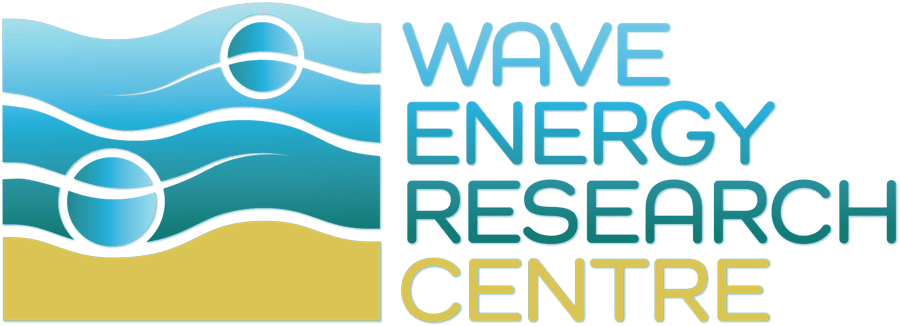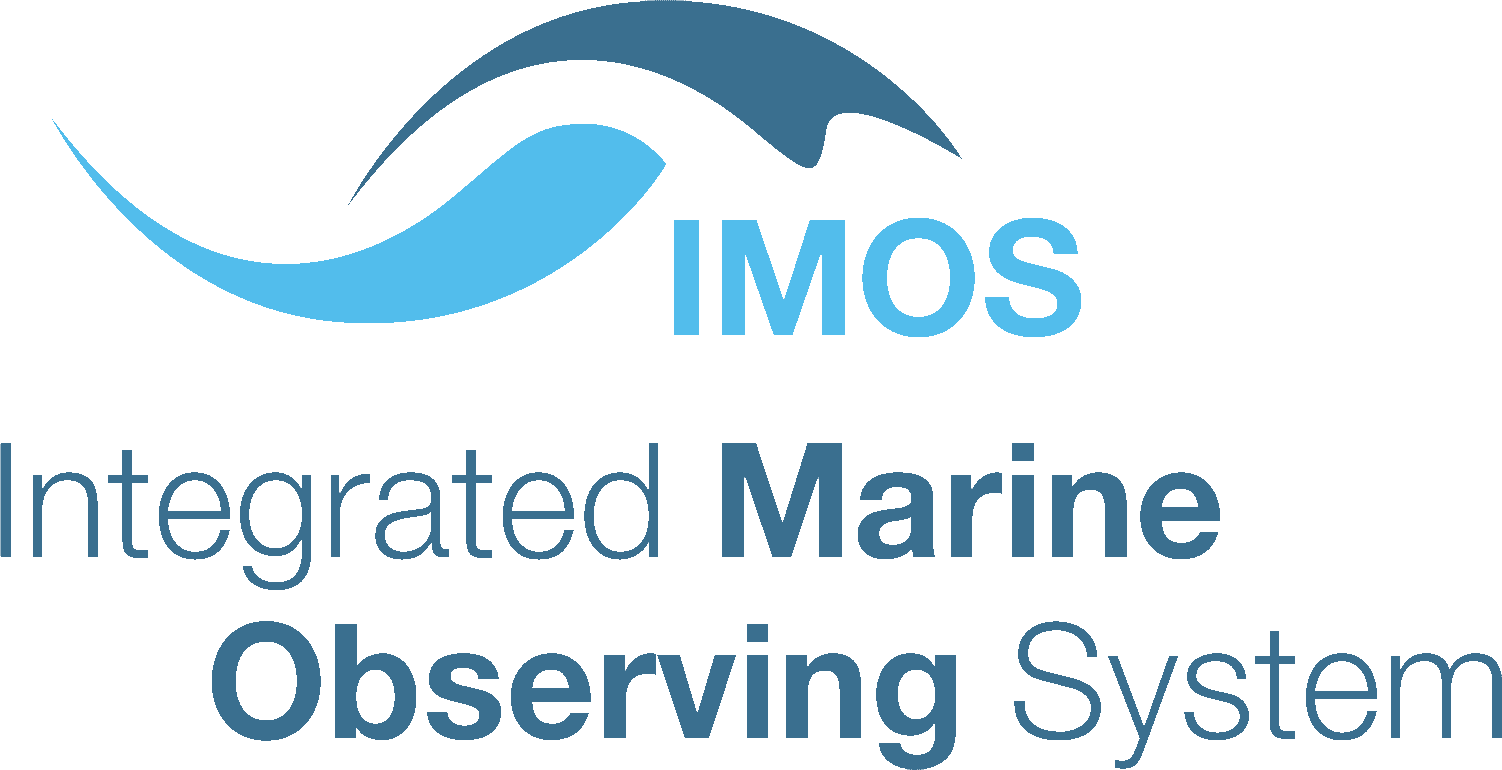Program objective: Investigating and characterising the wave and current conditions for successful deployment of wave energy converters (WEC) in coastal regions.

Successful deployment and operation of a prototype or array of operational wave energy converters (including in the Albany-Torbay region) requires an accurate knowledge of (and ability to forecast) localised wave and current conditions, to quantify the interaction and impact of the devices with the sediment dynamics, and downstream/far-field effects on the wave field and coastal processes. This knowledge will provide more accurate wave resource availability at the development site, guide the design of the device(s), anchoring and cabling, determine safe working conditions, and ensure the array does not significantly damage the natural environment (e.g. cause beach erosion).
The “Oceanography / Coastal Processes” program within WERC conducts research into:
- In-situ observations of waves and currents (published in real-time via wawaves.org website);
- Nearshore hydrodynamic modelling of waves and currents;
- Coastal sediment dynamics;
- Device-device interaction and influence on near-field hydrodynamics and sediment transport.






